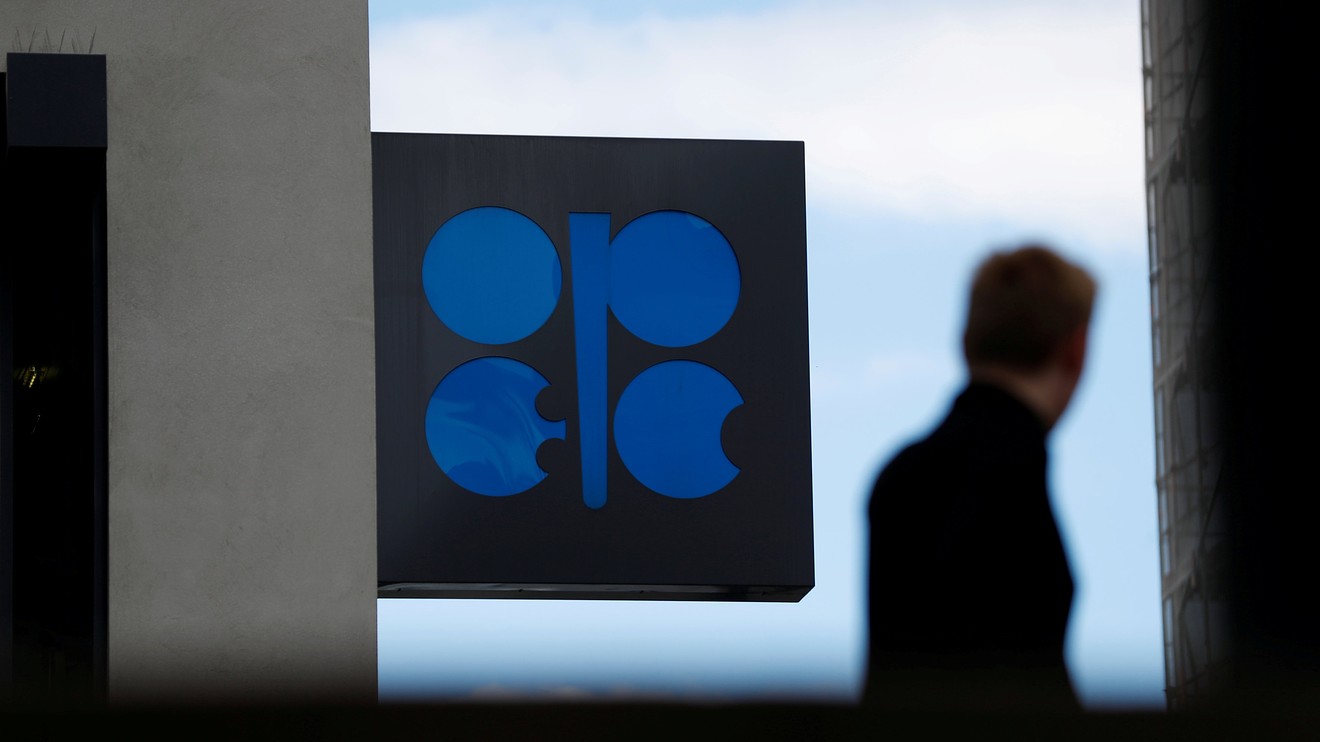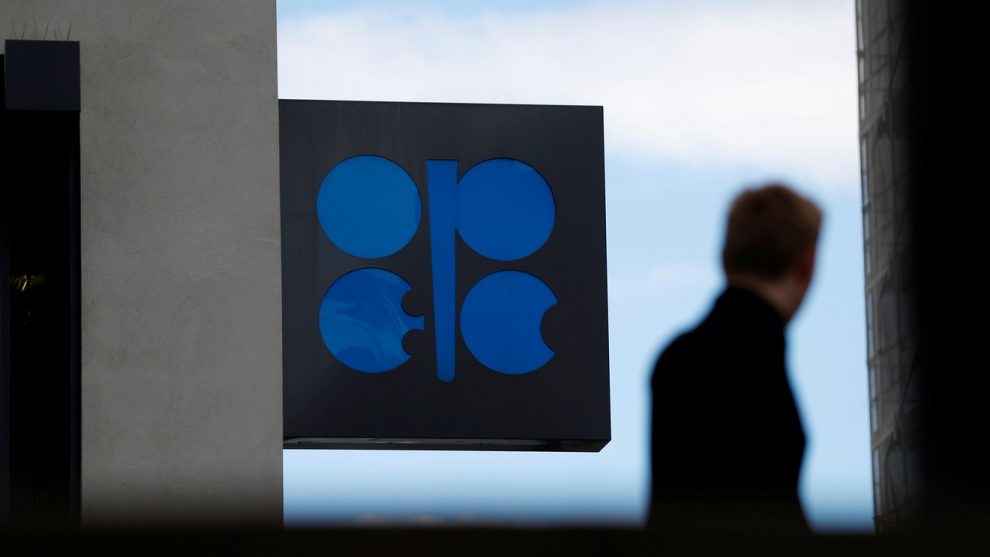
Crude-oil futures were bouncing around Sunday night, but tilting higher at last check, after OPEC and allied nations agreed Saturday to extend a production cut of nearly 10 million barrels of oil a day through the end of July.
West Texas Intermediate crude for July delivery CL.1, +0.96% CLN20, +0.96%, the U.S. benchmark, was most recently up 33 cents, or 0.8%, at $39.88 a barrel, but had been trading at $38.88. On Friday, the front-month WTI contract finished for the trading period, with a weekly gain of 11.4%, according to Dow Jones Market Data.
Global benchmark Brent oil for August delivery BRNQ20, +1.37%, meanwhile, picked up 53 cents, or 1.3%, at $42.85 a barrel on Sunday, after the contract posted a weekly gain of 11.8% on Friday.
Both grades of oil finished Friday trade at their highest levels since March 6 and booked a sixth consecutive weekly gain in anticipation of the pact from the major oil-producing giants.
The Organization of the Petroleum Exporting Countries and some of the biggest oil producers in the world, collectively known as OPEC+, concluded a videoconference meeting on Saturday, adopting measures aimed at cutting the excess production depressing prices as global aviation remains largely grounded due to the coronavirus pandemic. The curbed output represents some 10% of the world’s overall supply.
Markets had hoped that the alliance of major crude producers could strike an accord to extend a cut of output, which would have begun to taper in July, for at least another month as the crude industry contends with a pandemic that has sent much of the world spiraling into recession — an economic backdrop that is bearish for oil uptake.
“Although the whole OPEC/OPEC+ meeting build-up is always a messy process and more public than it probably needs to be, at the end of the day, the market is pleased more crude oil is off the market than the scheduled 7.7Mbd (down from 9.7Mbd) from July 1,” wrote Stephen Innes, global chief market strategist at AxiCorp, in a daily research note.
OPEC+ had initially agreed in April that it would cut supply by 9.7 million barrels per day during May-June to prop up prices that collapsed due to the coronavirus crisis. Those cuts were due to taper to 7.7 million bpd from July to December. The cuts will be reviewed monthly, with the next meeting slated for June 18.
Reuters reported that Saudi Arabia sharply raised its monthly crude prices for July.
However, compliance to the deal, which was a sticking point headed into the gathering, remains an issue going forward, experts said.
“While the errant producers such as Iraq and Nigeria have vowed to reach 100% conformity and compensate for prior underperformance, we still think they will likely continue to have some commitment issues over the course of the summer,” Reuters quoted Helima Croft, head of global commodity strategy at RBC Capital Markets, as saying.
Meanwhile, U.S. oil may face some pressure from North American shale-oil producers if they respond to the partial recovery in crude prices by rapidly ramping up their output, during a time when oil uptake is expected to taper for season reasons.









